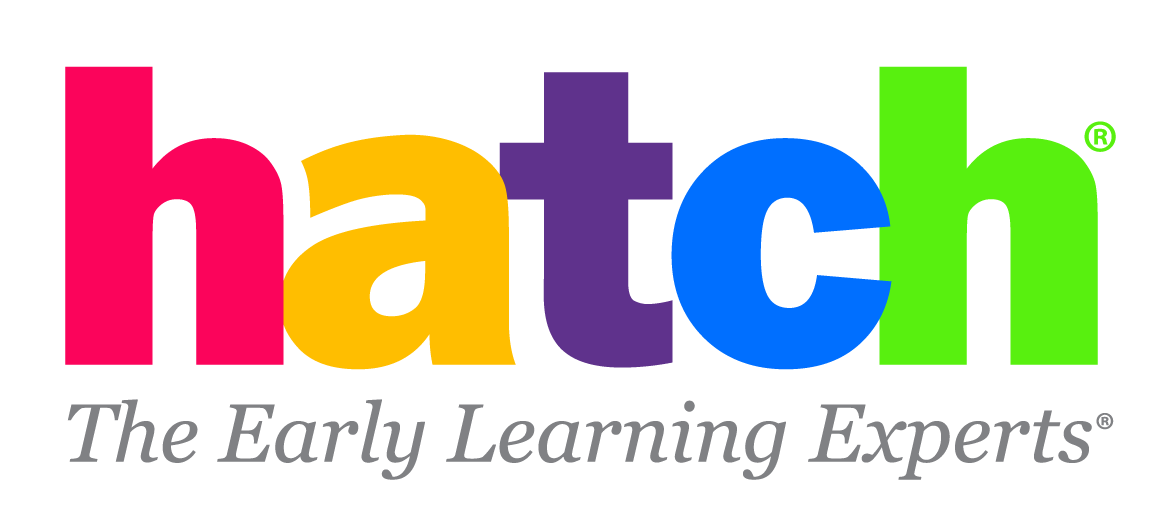The combination of closed libraries and my son’s constant request for the same stories to be read aloud prompted me to research and develop some tips and tricks to help us all maximize daily read-alouds and repetition. Because these are research-based, we can all feel good about integrating these techniques into our daily routine!
“Again, Again!”
Whether you hear the plea, “Again, again!” for Goodnight Moon or Z is for Moose, I am guessing you have memorized every word and illustration. No matter how adorable a book is the first 50 times you read it aloud, it can start to lose its luster around 51! Rest assured, children who repeatedly request the same title are increasing vocabulary skills, building comprehension, and affirming their enjoyment of literature! Repetition leads to mastery, predictability, and a sense of confidence (Hayes, D., & Ahrens, M.).
On a social-emotional level, repetition enables children to feel in control. They know what’s going to happen—within the story and within their environment (how the story fits into their day). It is a signal to calm down, cuddle up, and get cozy, with no fear of surprises. That provides comfort, especially in these unusual times.
In other words, don’t hide any books yet! Try some of these suggestions instead:
- Focus on something new. For months my oldest son begged me to read Richard Scarry’s Cars and Trucks and Things that Go (which is a whopping 72 pages!). As I tired of reading the same story night after night, I turned my focus to finding the hidden “Goldbug” in each spread. Upon the mention of Goldbug, my son turned his focus to find the hidden “treasure,” and he was transfixed by the multitude of illustrations on every page.Hatch Early Learning®,pg. 2Granted, most books don’t include hidden Goldbug “treasures,” but encourage your child to help you tell the familiar tale through the illustrations.
- Ask your child to fill in missing words. As you reread, ask your child to help you by filling in missing words or phrases. For example, let’s say your child’s favorite tale is the nursery rhyme, “The Three Little Pigs.” Omit words from the text, such as, “Let me in, let me in, little ______,” pausing so that your child has time to say “pig.” OR, “Not by the hair of my ______,” pausing to let your child say “chinny, chin, chin.”
- Turn the table. Invite your child to ‘read’ the title and the illustrator names (and any other text you are confident she knows). If she does not yet know the names of the author and/or illustrator, share the names before you read the story (a few days in a row), and then turn the table and let her do the naming.
- Follow that text. Model finger-point reading, which means that you follow the words with your finger from left to right as you read them. As your emergent reader starts to read, they will learn to do the same thing.
- It’s all relative. Relate the story to real events in your child’s world. This type of broader context talk is more challenging and further promotes your child’s cognitive skills.
- Do you hear what I hear? Either with your child, or by modeling yourself, select a word(s), or specific characters, and invite your child to clap when they hear that word (or see that character).
- Retell your way. Turn to a specific page and invite your child to retell the story as it unfolds on that page. OR close your eyes and encourage your child to turn to a page in the story and to retell the happenings from that page. Remind him to close the book so you can’t see the selected page, and when he finishes his retelling, try finding the page(s).
- Reflections. After reading the book, encourage children to reflect upon and discuss what was read. This helps children make connections between the text and their own experiences, summarizing story events, and uncovering themes or messages presented in the book. This also allows time to review literacy concepts (e.g., rhyming, vocabulary) explored during specific readings.
- Vocals. Change your voice as you read the book next time. OR use different voices to ‘speak’ for the characters throughout the story. This is also a fun way to invite your child to ‘pretend’ read or retell.
- Ask your child what he likes about the book. The topic? The rhyming? The silliness? The illustrations? Depending on her answers (and, when you have access to more titles), find other books by the same author (or illustrator), additional stories that rhyme, and/or books that share the same topic.
Learning all this information takes time, and when a child hears the same book multiple times, they become familiar and comfortable with a greater number of words. If you have memorized some text, chances are your child has too, and that’s a good thing for early readers!
References:
Hayes, D., & Ahrens, M. (1988). Vocabulary simplification for children: A special case of ‘motherese’? Journal of Child Language, 15(2), 395-410. doi:10.1017/S0305000900012411

